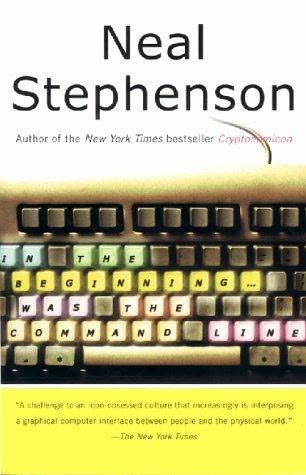
My pal Steve turned me on to this essay, written in 1999 by Neil Stephenson.
Highly recommended.
Here’s an excerpt :
If I can risk a broad generalization, most of the people who go to Disney World have zero interest in absorbing new ideas from books. Which sounds snide, but listen: they have no qualms about being presented with ideas in other forms. Disney World is stuffed with environmental messages now, and the guides at Animal Kingdom can talk your ear off about biology.
If you followed those tourists home, you might find art, but it would be the sort of unsigned folk art that’s for sale in Disney World’s African- and Asian-themed stores. In general they only seem comfortable with media that have been ratified by great age, massive popular acceptance, or both.
In this world, artists are like the anonymous, illiterate stone carvers who built the great cathedrals of Europe and then faded away into unmarked graves in the churchyard. The cathedral as a whole is awesome and stirring in spite, and possibly because, of the fact that we have no idea who built it. When we walk through it we are communing not with individual stone carvers but with an entire culture.
Disney World works the same way. If you are an intellectual type, a reader or writer of books, the nicest thing you can say about this is that the execution is superb. But it’s easy to find the whole environment a little creepy, because something is missing: the translation of all its content into clear explicit written words, the attribution of the ideas to specific people. You can’t argue with it. It seems as if a hell of a lot might be being glossed over, as if Disney World might be putting one over on us, and possibly getting away with all kinds of buried assumptions and muddled thinking.
But this is precisely the same as what is lost in the transition from the command-line interface to the GUI.
Disney and Apple/Microsoft are in the same business: short-circuiting laborious, explicit verbal communication with expensively designed interfaces. Disney is a sort of user interface unto itself–and more than just graphical. Let’s call it a Sensorial Interface. It can be applied to anything in the world, real or imagined, albeit at staggering expense.
If you wish, you can download and read his essay in its entirety here.
=
c